Friends of Branded!
Happy Saturday and I hope everyone had a great week.
My daughter loves superheroes! She believes (with high conviction) that Superman is the most powerful above all the others, but her favorites are Spiderman, Captain America, and the Incredible Hulk (she loves the color green, just like her Daddy).
She’s still too young to see the blockbuster movies that immortalize these characters, but we own the action figures, a bevy of costumes and an array of toys that allow us to engage and play superhero.
I was reading a debate about whether there’s a saturation of Superhero films and how all too similar these movies have become. In one poll I read, 85% of respondents felt the Superhero movies were in fact saturated. Another article focused on how the majority of Superhero movies have come out in the last 15 to 20 years and it’s too early to make such claims of saturation.
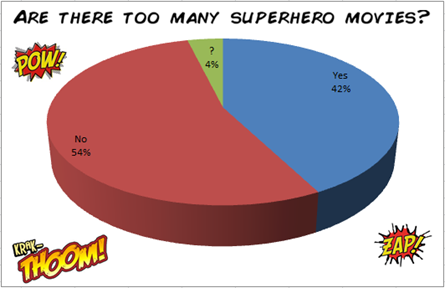
I’m going to leave the Superhero saturation debate for others, but do you know what industry is more saturated than any other? You guessed it! The restaurant industry!
The US market is not only fully loaded with restaurants, but it has also far too many. There are simply too many seats, too many options and too much supply.
The restaurant industry is recognized as one of the riskiest businesses and that has contributed to the urban myth that 90% of restaurants fail within the first year (spoiler alert, that statistic is simply not accurate). However, approximately 60% of restaurants fail within the first year of operations and 80% fail within the first 5-years (so we're talking about a 20% success rate). While a 90% fail rate is a myth, the actual numbers are still pretty scary!
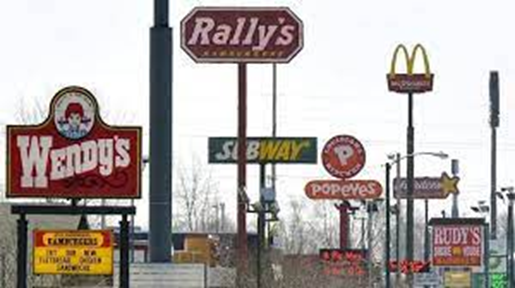
So why do restaurants fail? The answer includes any number of the following: inexperienced operators; bad locations; improper pricing; inflated costs; lack of marketing; absentee leadership; high turnover (of staff); inconsistent food quality; and menu issues.
For those that have spent time with Team Branded on the road, you know how much we love the gameshow Family Feud (IYKYK). So, let’s play a quick round of the "Feud" right here & right now.
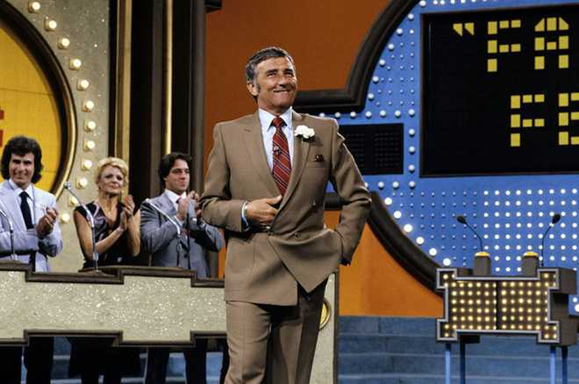
100 restaurant operators were surveyed, and the top 5 answers are on the board. Please get your buzzers ready. What are the most significant issues & challenges restaurants face?
5. Poor customer service
4. High employee turnover
3. Supply chain & procurement
2. High labor cost
1. Heavy local competition
Longstanding readers of the H^2 may throw a flag at me here and say that I’ve consistently written about labor costs and the supply chain as the issues that rank as the Top 2 biggest challenges restaurant operators face across all developed countries. These specific challenges (along with a myriad of others) are what led to Branded’s obsession with operator-centric technology & innovation that can address these most pressing pain points.
You therefore have every right to ask where did this new #1 answer on the board come from?
Was I holding out on you? Not at all.
The fierce competition that exists in the industry and the complete saturation of the market is quite simply the way it is and its therefore tables stakes. Branded believes that a strong tech stack can address many challenges, but it will not eliminate the competition or the desire for new entrants to come to market (the barrier to entry is incredibly low).

The market is saturated and when you launch a new restaurant, let's be very clear here, your objective isn’t to find 1,000 new guests, your goal is to essentially take 1,000 guests away from other restaurants.
Sorry, not sorry, but that’s the way this works.
I’ve always said that the community that comprises the restaurant industry is among the most creative, agile, hard-working, and well-intentioned people in any industry anywhere. But don’t confuse kindness with weakness. This industry is fiercely competitive and for at least one most excellent reason, it has to be, b/c its oversupplied.
Restauranteurs get criticized for many reasons and sometimes the reasons are even deserved. 😊
We’re too creative, we’re not creative enough. We stifle the staff by micromanaging, we fail to be present and closely manage the staff. We’re bad businesspeople. We’re bad at numbers. The list is endless.
In my opinion, the single biggest reason restaurants fail is b/c there are simply too many joints to choose from. This saturation removes pricing power, contributes to the high churn rate of our staff, and leaves us vulnerable to the many venders & suppliers we need to work with.
The growth in the number of restaurants that led to the saturation wasn’t random, it mirrored the growth in the demand from guests to dine out. As two-income householders grew (starting in the late 1960s, we saw dramatic increases in 'dual-earner' families), this resulted in there being less time to shop and prepare meals at home. At this moment, the industry and the restauranteurs did a fantastic job at meeting the growing demand with new venues, new cuisines, and new business models.
The positive factoid for restauranteurs was that in 2022, food-away-from-home spending accounted for 56% of total food expenditures. The pandemic (yes, we still need to reference the times before and after COVID) created a spike in food prices volatility. This volatility resulted in the largest increase in the portion of household income being spent on food purchases.
According to the US Department of Agriculture, both at home and eating out spending increased 12.7% in 2022. Now get this, the portion of income that households spend on groceries and at restaurants reached levels comparable to the 1980s!

You can’t divorce the percentage of household income spent on food from population growth. That’s again where the saturation of this market comes in. The variety of dining options available, including the explosion of off-premise dining, which exponentially expands a restaurant’s dining room, is growing at a faster pace than the population. Supply exceeds demand. This is ECON 101 friends; we have excess supply or a surplus problem.
This week’s edition isn’t a pity-party for restaurant operators. It’s a wake-up call!
No one starts a restaurant with the belief that they’re not going to win, capture, maintain and delight guests. We enter the game with full knowledge of the fail-rates and the fierce competition we're going to face. We enter the fray with the idea or ambition that we have something different, something that will appeal and attract guests. We launch a restaurant with the intention, confidence and conviction that we will win.
It’s this fierce competition that motivates me and the Branded Team to identify, validate and ultimately invest and accelerate emerging operator-centric technology companies. I’m talking about the technology that helps put butts in seats, that reduces friction and creates operational efficiencies. The tech that helps build loyalty and contributes to the relationships with guests that earns a restaurant a greater percentage of the income spent dining out.
Restaurant profit margins range from 0% to 15% and the average margin usually falls between 3% to 5%. These numbers make the industry look challenging and for good reason, it is.
But in the land of the blind, the one-eyed man is king. I’m using this proverb with great intentionality. Even an industry as competitive, challenged, and saturated as restaurants, there remains incredible opportunities. What does it take to move the needle in your favor? To win that extra guest? To book that extra reservation or even an additional party?
What about the back of house? Can you reduce waste by a point or two? Can you save on a few hours of labor? Can you tweak your menu in order to reduce food costs by a point?
These things may all look and sound like “small ball,” but that exactly how the strongest operators are thinking. Shave a few points off your costs of goods sold (“COGS”) which is beginning inventory + purchased inventory – ending inventory and you’re winning! The average costs of goods sold in the restaurant industry varies but is usually in the range of 30% to 35% or about 50% of your restaurant prime costs (Prime costs = COGS + Labor costs). You know what’s better than the range of 30% to 35%? A range of 28% to 32%! Can you, do it? Will you fight for those points?
Technology company executives, if you take only one thing away from this week’s Top of the Fold section, here it comes. Prime costs are the essential key performance indicator (“KPI”) that restaurants use to gauge the financial health of their business.
Does the technology you’re offering address these costs and associated KPIs?
All the restaurant groups I know reward their team based on meeting prime costs and their COGS targets. Owners want operators to feel personal responsibility over these metrics and a compensation model is in place to hold these operators accountable.
So again, I’m going to ask the technologists, does your tech help operators meet these requirements? Is your tech addressing the very issues that represent the self-interest of the folks you’re trying to sell your tech to?
If the answer to this $64,000 question is "yes," Branded would like to discuss how we can help accelerate your business. If the answer is "no," you've created a solution in search of a high priority challenge, opportunity or problem.

Before I close out on this week’s Top of the Fold, I want to acknowledge that last week’s edition set a new high watermark as the most read edition we’ve ever had of the H^2. I’m going to give credit to Keanu Reeves and Sandra Bullock being the image I chose that drove the traffic (but maybe it was something else). 😊
My reason for bringing up last week’s edition is that the feedback I received was also as strong as ever and I sincerely appreciate that. In writing about Speed Kills, there were two specific comments I wanted to share. The first was short and to the point. It was explained to me that the word “FAST” appears in the name of the cuisine “Fast Food” and therefore by definition, speed can NOT kill. Fair point and I want to acknowledge that I’m not suggesting speed doesn’t matter, but only that it won’t solve the higher priorities of food & service (but again, your point was a good one).
The feedback I enjoyed the most came from Friend of Branded, Mr. Kep Sweeney, the CEO PDQ.
Kep wrote that in “fast casual and QSR speed is a strong component of hospitality. Companies that underweight speed in favor of an enhanced menu are punished. If you added five minutes to Chipotles delivery time in-store or off premise, there'll be a material negative effect on sales.”
Kep went on to write that he “believes that speed is critical and can be enhanced by technology, but the reason speed is perceived to be counter to quality is more often than not, management's ego. For instance, In-N-Out Burger has three menu items and they have resisted the temptation overtime to add additional proteins and side orders. In-N-Out is fast (or fast enough) because they’ve defined their mission, and they have relentless discipline. Most operators can’t “cradle to grave" a menu item. Does it slow down service? Why is it on the menu? What do the guests say? What problem are we solving for a guest? Most often, items that are at the bottom of the Product Mix (“PMIX”) are the most problematic for production.”
Kep concluded his comments with the following: “in short, I don’t think speed vs tech is the issue, it’s corporate governance and defining a mission.”
These points Kep shared landed in a most meaningful way with me and it’s why I wanted to share them with all of you.
It takes a village.

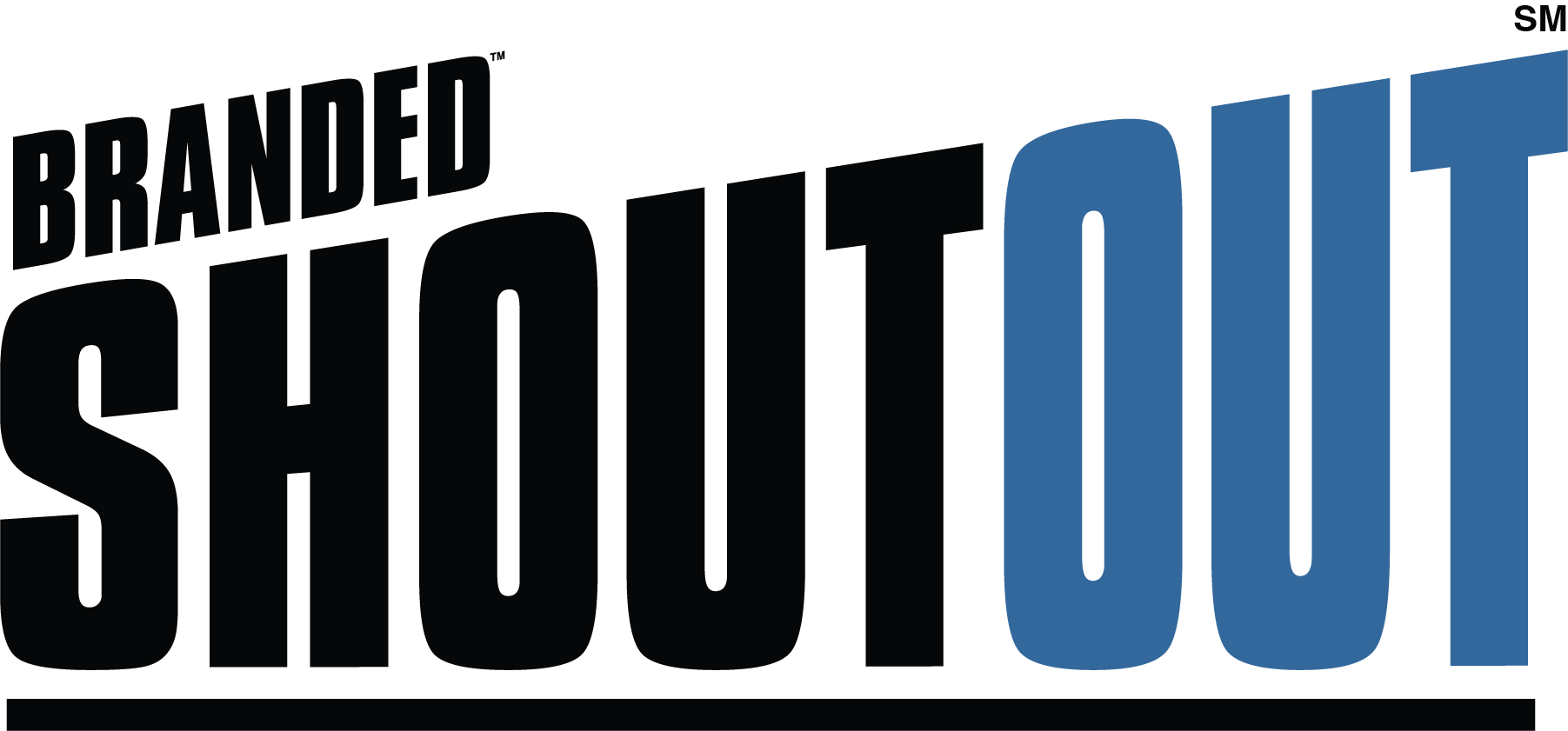
As long as Branded’s portfolio companies continue to make news and create value for operators, I’m going to continue using the Shoutout section to highlight them!
Today's first shoutout goes to our friends & partners at MarginEdge.

Readers of the H^2 are fully aware that Branded believes and is betting on the importance and I dare say the criticality of the M&A market and the consolidation among technology companies that will continue to gain momentum.
Bundled & integrated solutions are in demand by operators, and they have made it clear that they will embrace tech platforms that deliver an array of services and represent a "best-in-suite" offering.
It’s with the above in mind that the entire Branded Team is excited about our friends and partners at MarginEdge and its acquisition of Freepour.
MarginEdge, a restaurant management system that empowers restaurants by showing operators practically every aspect of the restaurant’s costs in one place including daily P&Ls, price changes in the most-used products, and even food usage and waste, acquired Freepour Beverage Management, an industry leader in loss prevention by providing fast and accurate inventory solutions.
This strategic move by MarginEdge is the company’s first acquisition and reinforces its commitment to growth and delivering innovative tools for restaurant and bar operators and beverage industry professionals.
Powered by a unique combination of AI and human analysts, MarginEdge automates tedious processes, connects systems, and streamlines key activities like inventory, bill pay, and ordering.
This acquisition allows MarginEdge to seamlessly integrate Freepour’s advanced 2-in-1 scale and scanner combo into its comprehensive suite of solutions, enabling restaurant, bar, and beverage industry decision-makers to significantly elevate the efficiency of liquor inventory management. The new tool and integration will soon be available to every MarginEdge customer.
Friend and partner of Branded, Bo Davis, CEO of MarginEdge, said, “Since the beginning, providing operators with all the tools to efficiently and successfully run a restaurant while continuing to grow our company has been our main objective. By acquiring Freepour, we are doing just that. We couldn’t be more excited for this acquisition and are proud to offer restaurants another incredible tool as part of our end-to-end back-office solution.”
Key benefits of MarginEdge’s new liquor inventory management tool include:
1. Portable, 2-in-1 Scale and Scanner: The new solution enables users to count 20 bottles per minute, making the inventory process faster and significantly more accurate.
2. Cost Savings: Restaurants can reduce liquor spend by 2-4%, optimizing cost control with the enhanced precision of the scale and scanner.
3. Efficiency: Combined with MarginEdge’s overall platform, the scale and integration provide a consistent, accurate, and efficient process for improved team cohesiveness.
Dave McCullough, Enterprise Sales - Freepour, said, “MarginEdge is a best-in-class restaurant management solution dedicated to the same goal that we have had at Freepour for over 35 years: optimize profits and lower labor costs while letting bartenders and operators do what they do best. We’re proud to be a part of the MarginEdge family and are excited to see how this expansion will empower even more bar and restaurant operators’ overall success."
Branded is proud to see MarginEdge, one of our most successful and highest valued portfolio companies, not only continue to develop & buildout its platform, but now also grow & expand its suite of services through the M&A market.
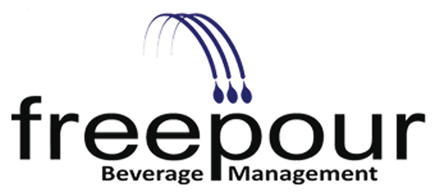
The second shoutout this week goes to our friends and partners are Spendgo, a best-of-breed loyalty program for restaurants' in-store, mobile and online customers.

This week Spendgo put out some of their own thought leadership and it helped shape the theme above in the Top of the Fold.
My takeaway from Spendgo’s article, how to win customers with compelling rewards (NOT discounts, but rewards). Restaurant operators hate discounts, but we love rewarding our loyal guests.
In the spirit of how restaurant operators can leverage technology to enhance guest loyalty and engagement, I wanted to share Spendgo’s insights here:
The true effectiveness of any loyalty program lies in its ability to encourage customers to redeem their hard-earned rewards. This is where the importance of crafting compelling rewards comes into play.
Crafting Compelling Rewards:
The foundation of a successful loyalty program rests upon its rewards. These incentives serve as the driving force behind customer engagement and participation. To truly entice customers to redeem their rewards, it's crucial to design offerings that are not only attractive and valuable but also capable of generating genuine excitement.
Attractive, Valuable, and Exciting Incentives:
Customers are naturally drawn to rewards that offer tangible value and evoke a sense of anticipation. Consider offering enticing incentives such as buy-one-get-one (BOGO) deals, special discounts on popular menu items, or exclusive access to limited-edition dishes. These rewards should not only provide immediate benefits but also make customers feel valued and appreciated.
Simplicity and Accessibility:
In addition to being attractive and valuable, rewards must also be easily attainable and straightforward to redeem. Customers are more likely to engage with a loyalty program if they perceive the rewards as achievable goals rather than unattainable aspirations. Simplify the redemption process to make it seamless and hassle-free, thereby increasing the likelihood of customers taking advantage of their rewards.
Encouraging Redemption:
By offering compelling rewards that are attractive, valuable, and easily attainable, restaurants can significantly increase the likelihood of customers redeeming their rewards. Whether it's enjoying a delicious meal at a discounted price or indulging in an exclusive menu item, customers are more inclined to redeem their rewards when they perceive genuine value in doing so.
Continuously Evolving and Innovating:
In a dynamic industry like hospitality, it's essential to continuously evolve and innovate your loyalty program to keep it fresh and relevant. Regularly assess customer feedback and preferences to identify areas for improvement and opportunities for innovation. Experiment with new reward structures, seasonal promotions, and partnerships to keep customers engaged and excited about the program.
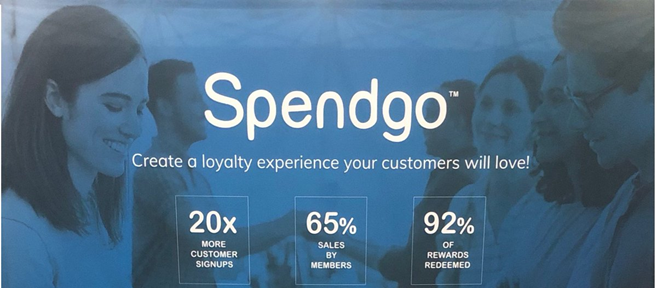
By offering attractive incentives, ensuring accessibility and simplicity in redemption, creating a sense of exclusivity, communicating value effectively, and continuously evolving your program, you can encourage customers to eagerly redeem their rewards and derive tangible value from their loyalty, fostering lasting relationships and driving business growth.
I don’t think I could have written a better (and certainly not as concise) piece about helping operators win with loyalty. 😊
If you're interested in speaking or being connected with either of these Branded portfolio companies, please contact me or shoot an e-mail to the newsletter team at weekend@brandedstrategic.com.

Readers of the Hospitality Headline, that are interested in learning more about Branded’s portfolio companies, investment strategies and future opportunities, are invited to explore becoming part of our Access Hospitality Network.
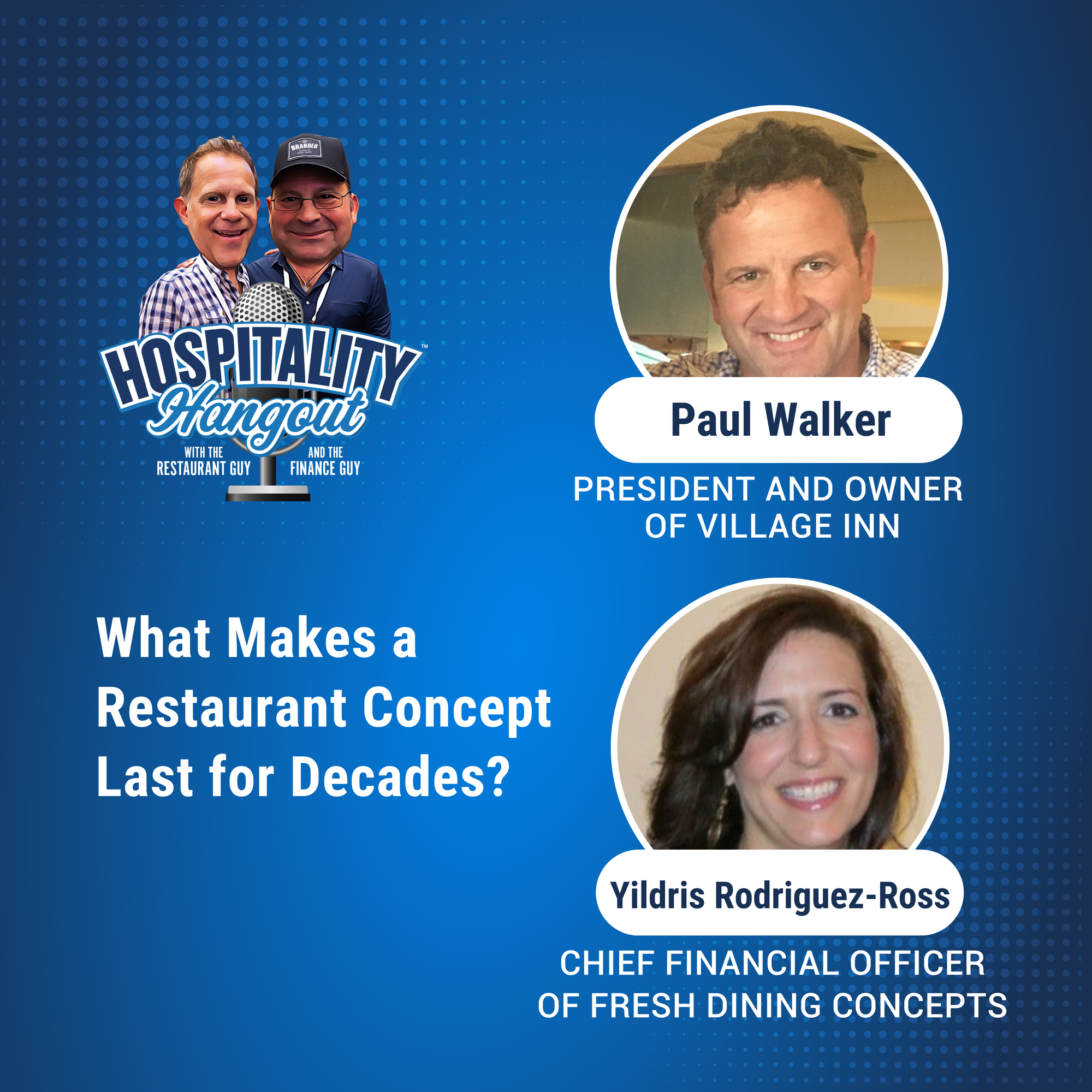
In today’s episode of Hospitality Hangout, Michael Schatzberg “The Restaurant Guy” and Jimmy Frischling “The Finance Guy” are joined by Paul Walker of Village Inn, and Yildris Rodriguez-Ross, Chief Financial Officer of Fresh Dining Concepts, LLC. This episode was recorded LIVE from the Restaurant365 Studios at the Restaurant Transformation Tour in Boston!
You can tune in on Spotify, Apple, Amazon, iHeart, or your favorite listening platform!
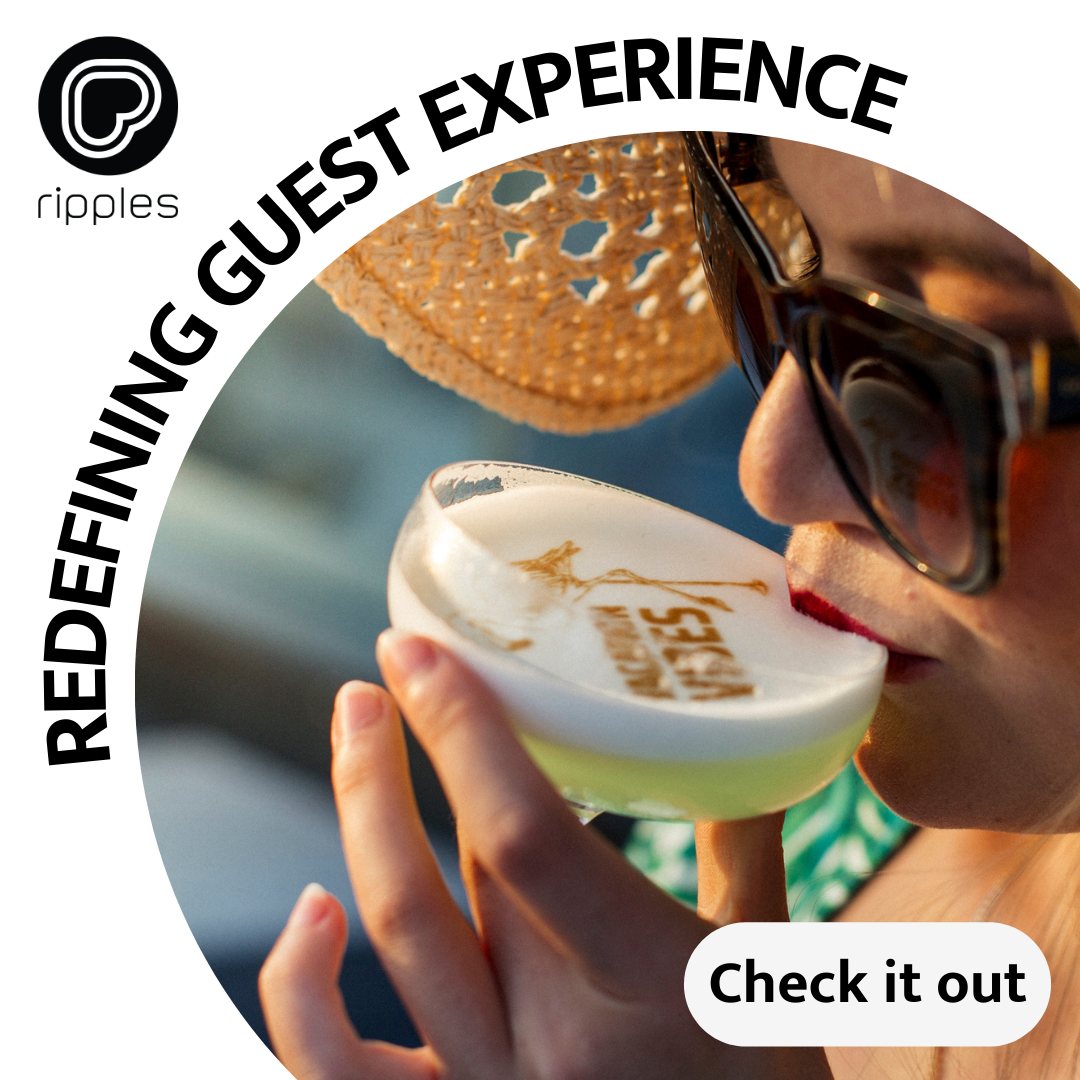
Make your drinks go viral!
Craft personalized drinks for an unforgettable guest experience!
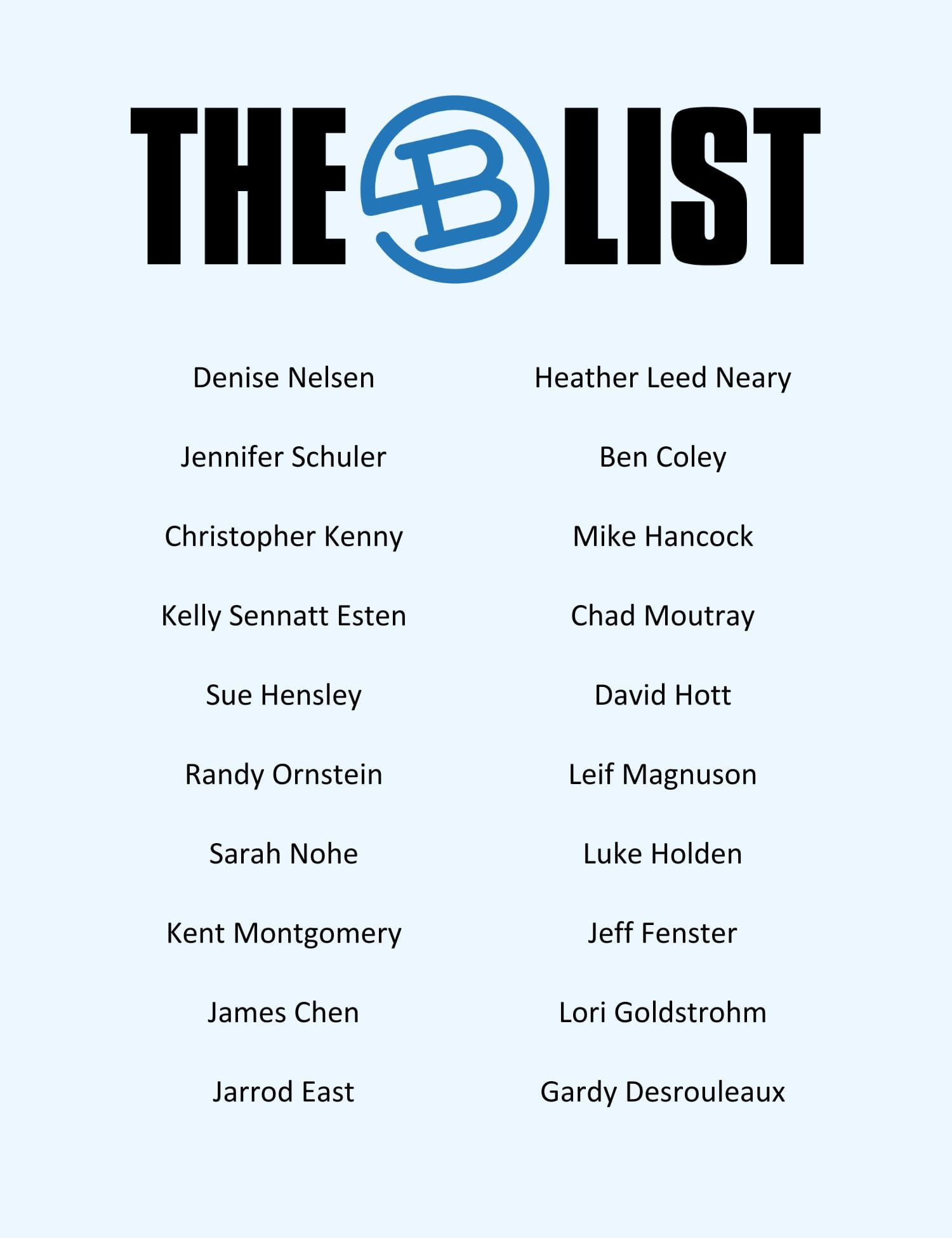
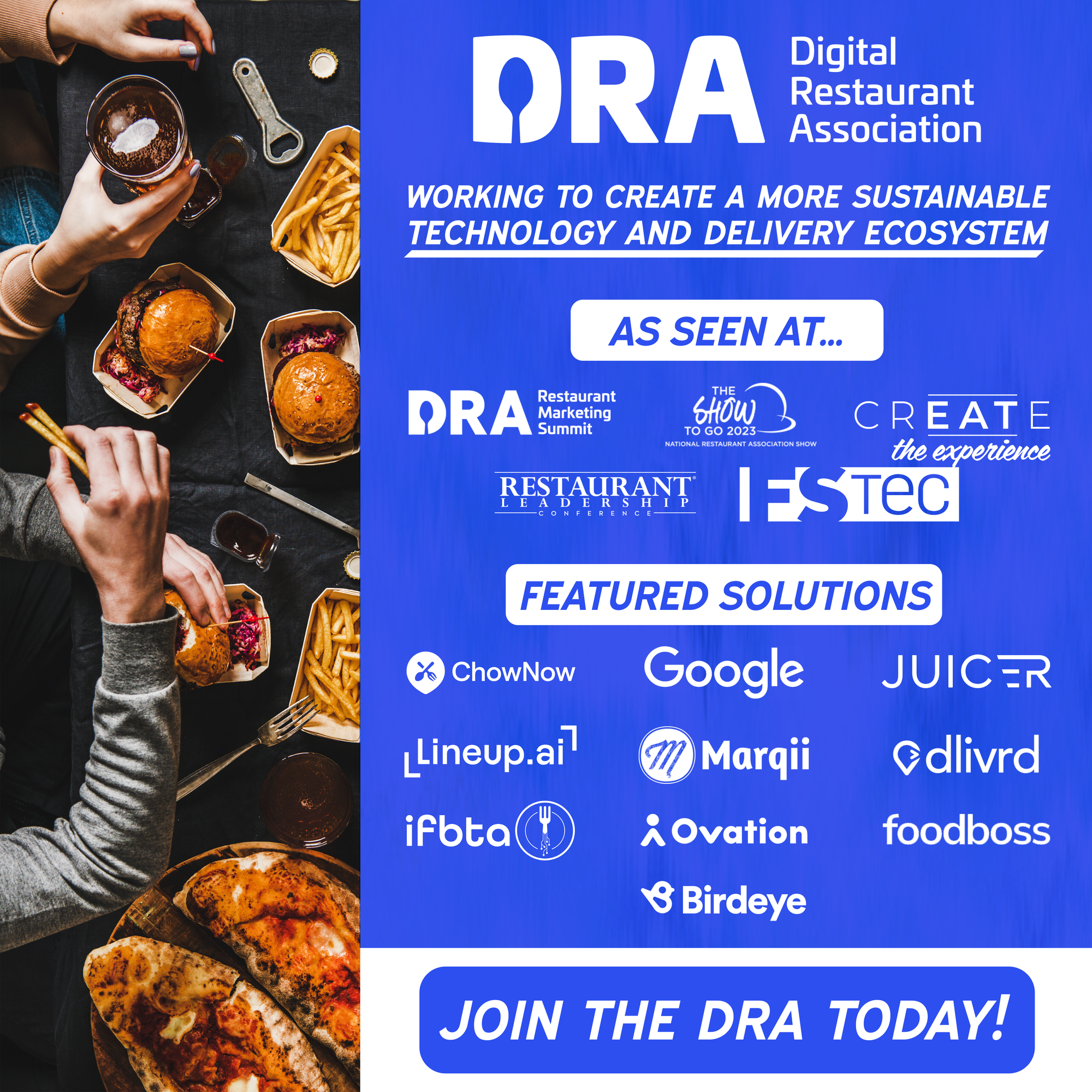
Digital Restaurant Association
We champion restaurants to thrive in a digital world
TECHNOLOGY
Unlock Sales Success: Navigating Economic Uncertainty with Creative Deal Structuring
By: Seth Temko, Solutions Services Partner at Branded Hospitality Ventures

In times of economic pinch, crafting clever deal structures isn’t just smart—it’s essential. Discover how to keep those contracts coming, even when budgets tighten.
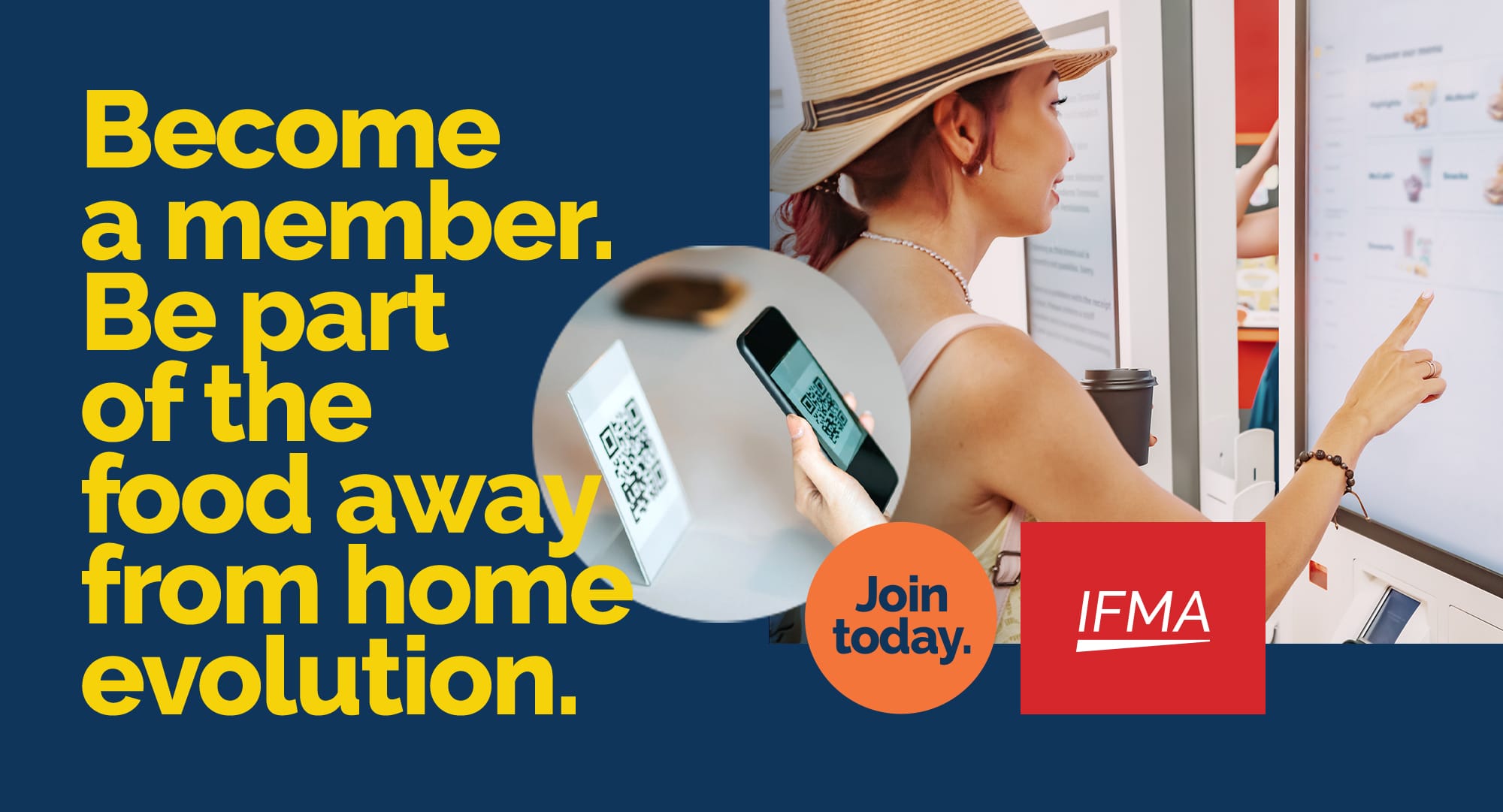
Welcome to the new IFMA
The future of food-away-from-home is evolving—and so is our membership structure.
MARKETING
BIGGEST TAKEAWAYS: Bar & Restaurant Expo / International Pizza Expo
By: Rev Ciancio, Head of Revenue Marketing at Branded Hospitality Ventures
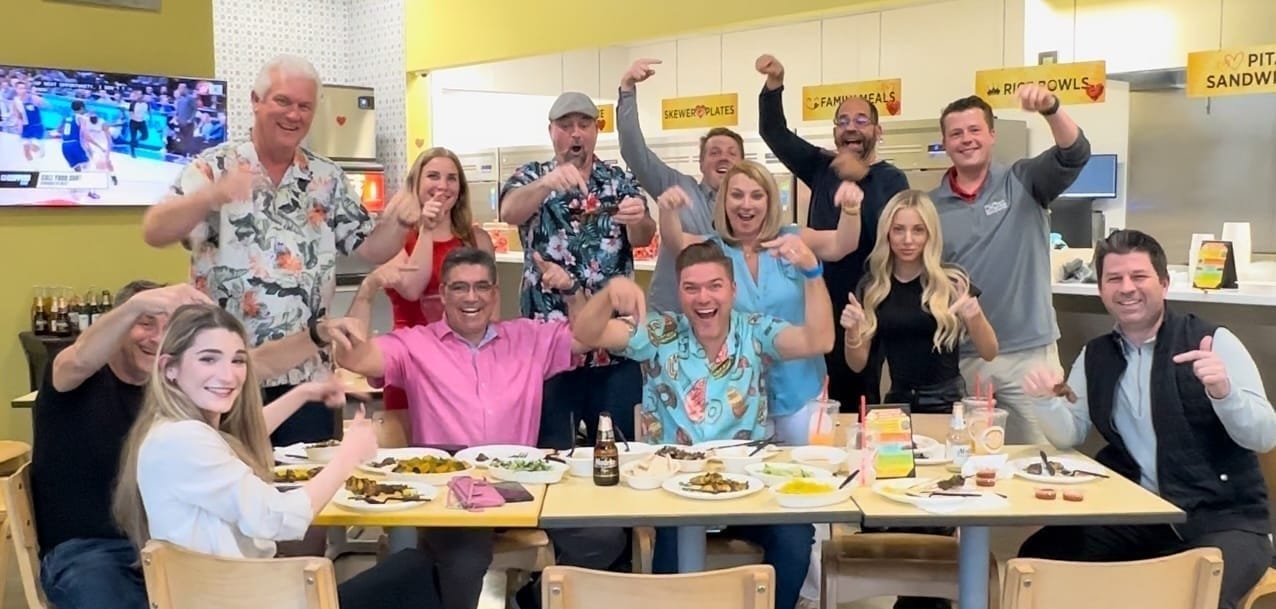
Both the International Pizza Expo and the Bar and Restaurant Expo just concluded in Las Vegas, NV.
Why am I sharing about both together? They happen at the same time in the same convention center and many people attend both.
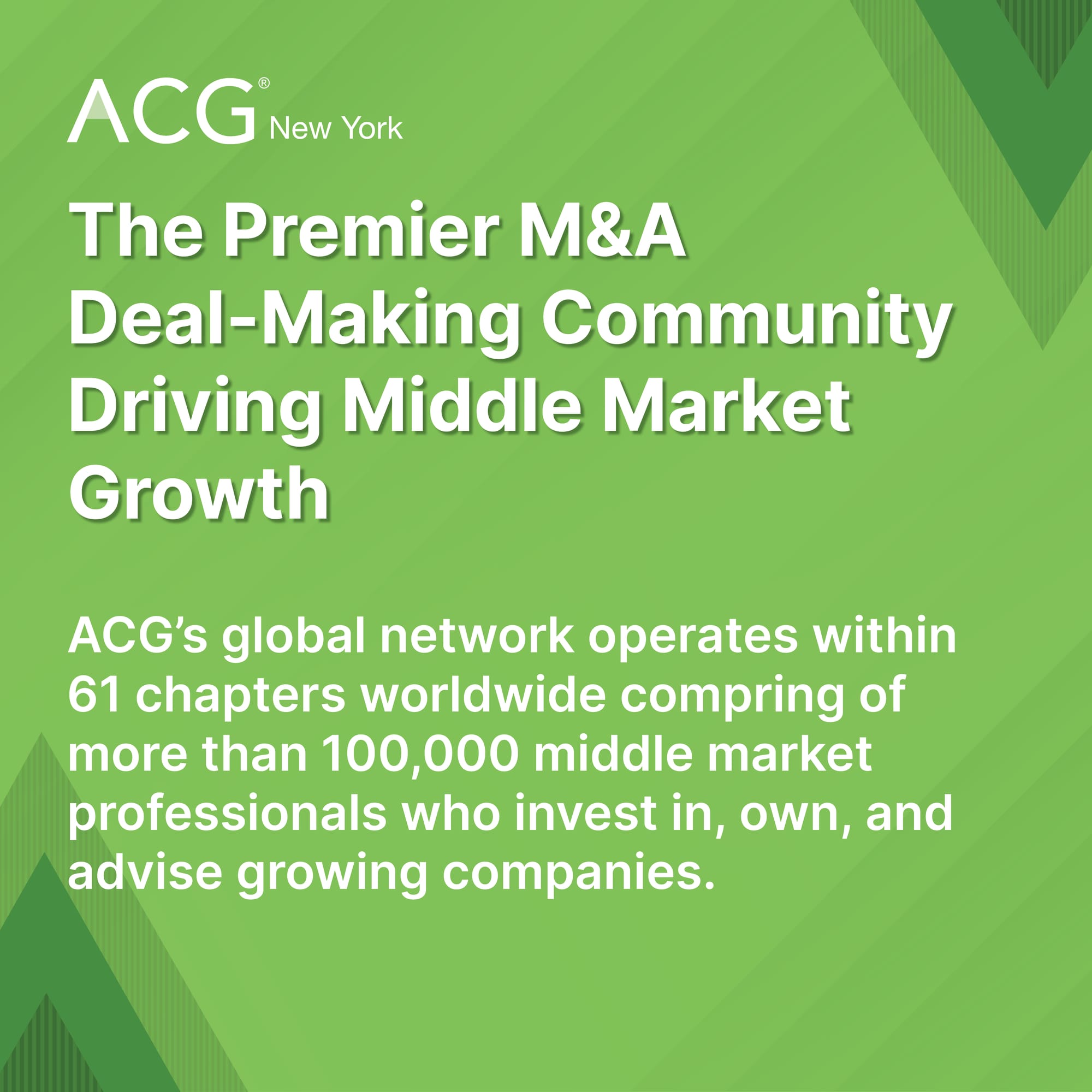
About ACG New York
Founded in 1954, ACG is the premier M&A deal-making community with a mission of driving middle-market growth. ACG’s global network operates within 61 local markets worldwide and comprises more than 100,000 middle market professionals who invest in, own and advise growing companies. ACG provides events, conferences, bespoke meetings, deal-sourcing forums, unique experiences, educational seminars, and numerous benefits to non-members and members alike.
ASK THE HEADLINE
🔍 Got Questions? We've Got Answers! 🌟
Satisfy your thirst for knowledge? Look no further! It's time to dive into our brand-new segment: "Ask The Headline"! 🎉
📅 We'll be answering YOUR questions every week. And here's the best part: you can choose to stay anonymous or receive a fabulous shout-out when we feature your question!
That’s it for today!
See you next week, (about the) same bat-time, same bat-channel.
It takes a village!
Jimmy Frischling
Branded Hospitality Ventures
jimmy@brandedstrategic.com
235 Park Ave South, 4th Fl | New York, NY 10003
Branded Hospitality Ventures ("Branded") is an investment and advisory platform at the intersection of food service, technology, innovation and capital. As experienced hospitality owners and operators, Branded brings value to its portfolio companies through investment, strategic counsel, and its deep industry expertise and connections.
Learn more about Branded here: Branded At-A-Glance


